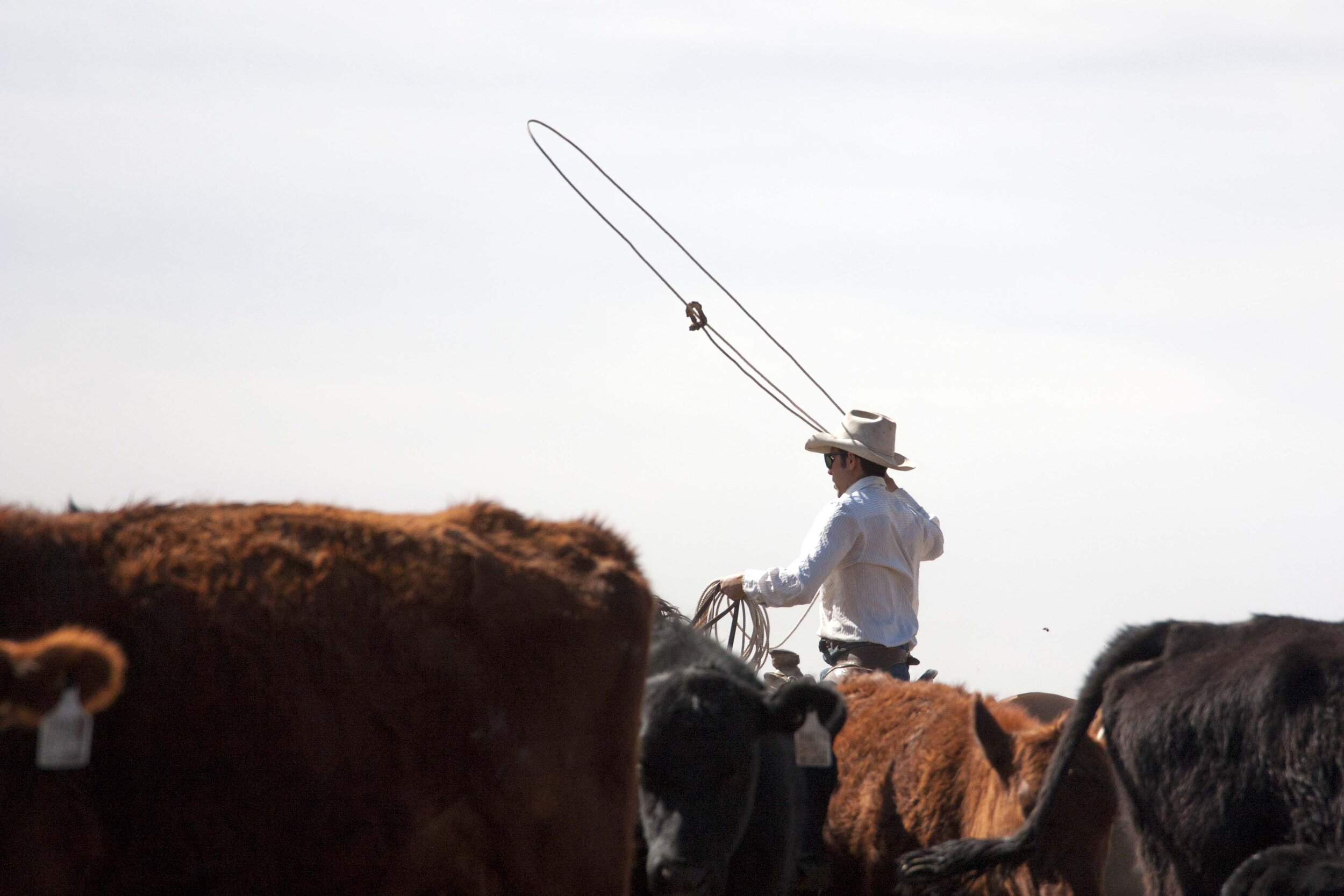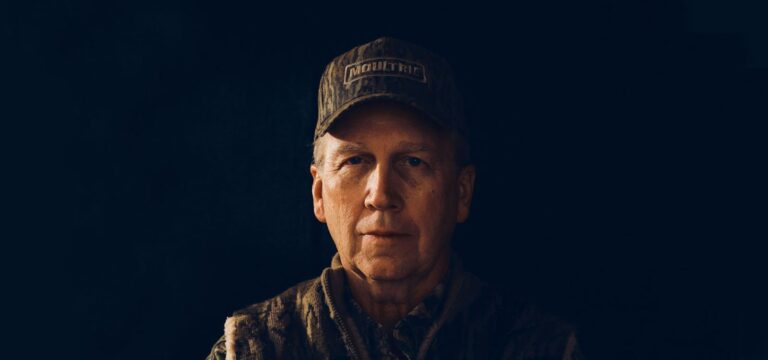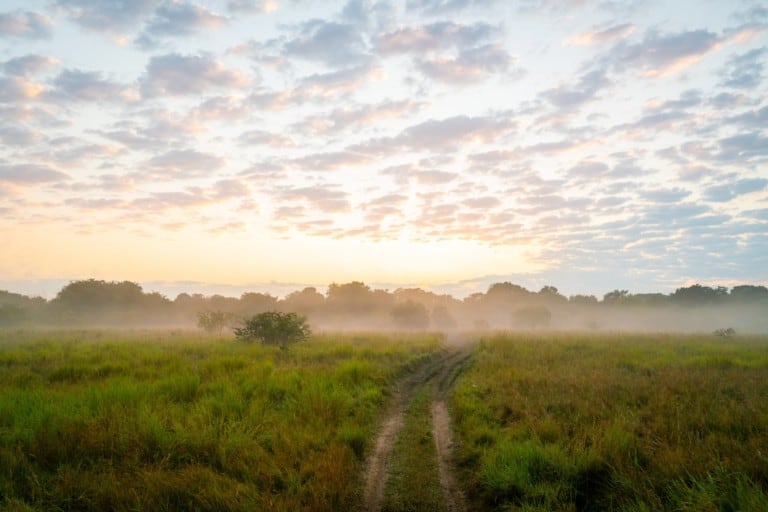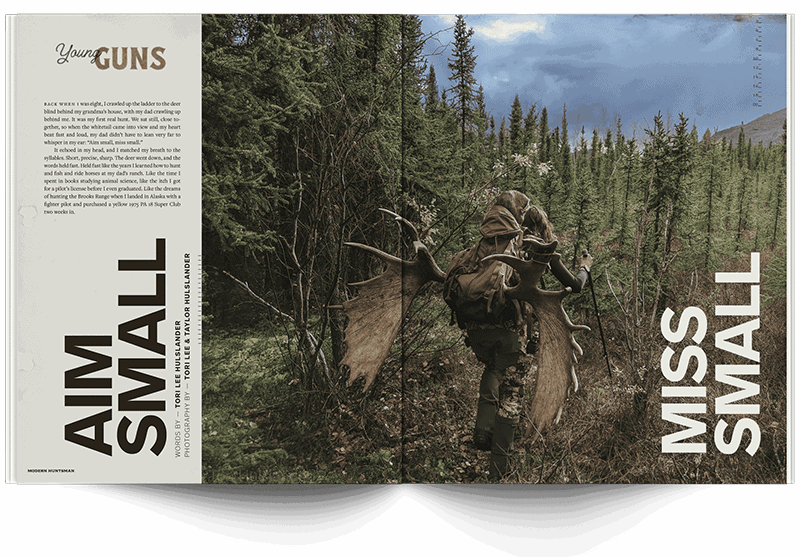Something deep in my bones and blood is called to ranching. By choice, I’m a first-generation rancher; I don’t own land and may never realize that privilege. I don’t fully understand how or why, but I am inextricably tied to land and so I find myself in constant search of a story different than the one to which I was born. The pursuit of this identity has required a winding path that has left me removed from managing cattle for stretches of time; those periods of my life I can only describe as a kind of drought within myself. In times when I’m not on the land, it becomes difficult to hear my inner compass through the static noise of all the practical reasons that derail me from a life squarely within ranching: concerns of safety nets, financial stability, land ownership, questions of whether my body will hold out for a lifetime of this work, if putting off building a family is the right decision. But through the noise, I’m always called back.
Despite coming to ranching later in life, I’ve been able to quilt together many of the softer skills needed to manage land. I pride myself in keen stockmanship, planning grazing for healthy grassland ecosystems and to think creatively about how all the pieces of a ranch can fit together. Lately, I find myself yearning for deeper understanding of the complexities inherent to expansive landscapes, to be competent at managing land on a larger scale. This means making the choice to completely immerse myself in things I do not know, committing fully to learning good horsemanship and to master practical skills like the art of fixing barbed wire fences, understanding how irrigation water flows from wells to livestock tanks, and navigating vast and varied pastures. This year I was offered the rare opportunity to live and work on the Mescalero Apache Indian Reservation, covering more than 460,000 acres in southern New Mexico along the eastern edge of the Sacramento Mountains. I would be learning from and working with the cattle manager for Triangle P




